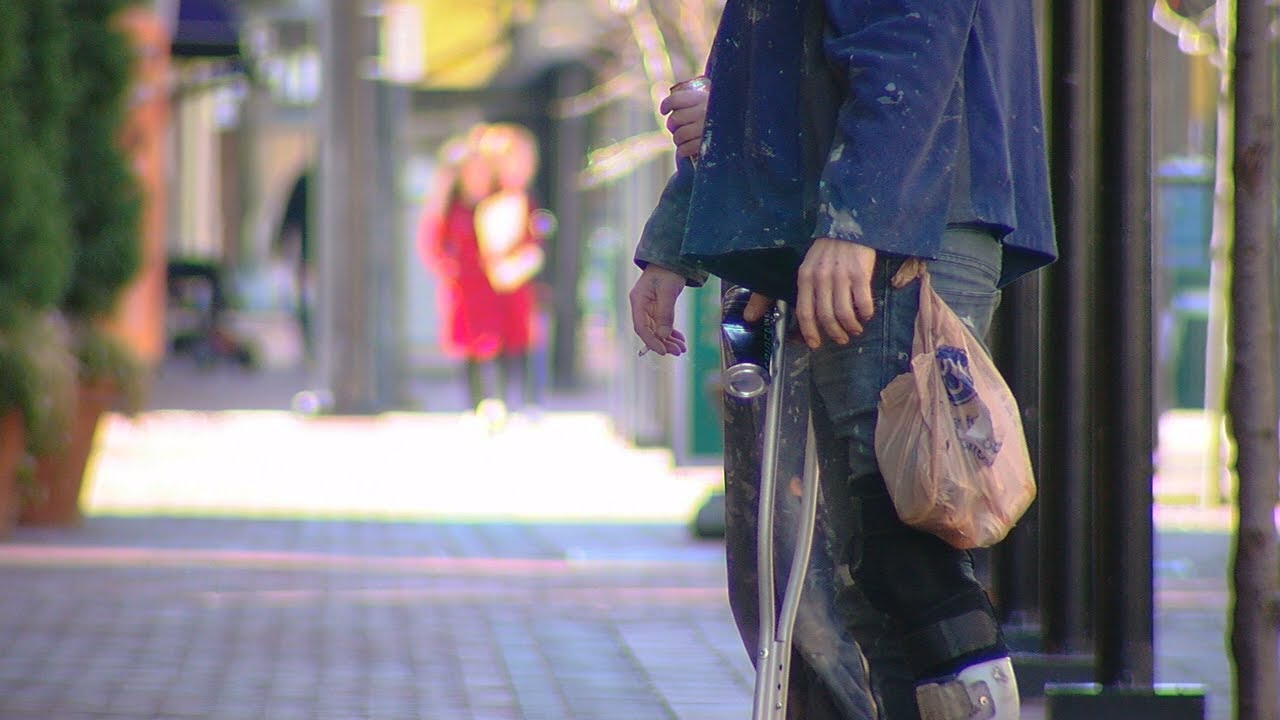What is the poverty threshold?
The poverty threshold refers to the minimum income level needed to meet the basic needs of a household. It is used as an indicator to determine the number of individuals or families living in poverty. The poverty threshold varies depending on factors such as household size, location, and the cost of living in a specific area.
Definition of poverty threshold
The poverty threshold is defined by the U.S. Census Bureau as the annual income level below which a household is considered to be in poverty. It takes into account the size of the household and is adjusted annually for inflation. The poverty threshold does not account for regional differences in the cost of living or other factors that may influence the financial well-being of individuals and families.
Poverty threshold in Rhode Island
In Rhode Island, the poverty threshold is determined based on the same criteria used by the U.S. Census Bureau. However, due to the higher cost of living in the state, the poverty threshold tends to be higher compared to the national average. According to a recent report, the poverty threshold for a family of four in Rhode Island was approximately $26,000 per year.
Factors influencing poverty threshold
Several factors influence the poverty threshold in Rhode Island. These include housing costs, healthcare expenses, transportation costs, and the availability of affordable childcare. Additionally, the impact of inflation and changes in the state’s economy can also influence the poverty threshold. For example, if housing costs increase significantly, the poverty threshold may also rise.
Calculation of poverty threshold
The poverty threshold is calculated using a formula that takes into account the cost of food. The U.S. Department of Agriculture establishes a series of food plans that represent a nutritious diet at different cost levels. The cost of the thrifty food plan, which is the least expensive, is multiplied by a factor of three to determine the poverty threshold. This method has been used since the 1960s and is adjusted annually for inflation.
Poverty threshold vs poverty line
The terms poverty threshold and poverty line are often used interchangeably. While they both refer to the income level below which a household is considered to be in poverty, the poverty threshold is a more precise term. The poverty line is a broader concept that encompasses various poverty measures and is often used in policy discussions and welfare programs.
Poverty threshold in US vs Rhode Island
The poverty threshold in Rhode Island is generally higher compared to the national average due to the higher cost of living in the state. This means that more individuals and families in Rhode Island may be living in poverty compared to the overall national poverty rate. It also highlights the need for specific policies and programs to address the challenges faced by low-income residents in the state.
Historical changes in poverty threshold
Over the years, the poverty threshold in Rhode Island has fluctuated in response to economic and social changes. For example, during periods of economic growth, the poverty threshold may remain relatively stable or even decrease. Conversely, during economic downturns or when there are significant changes in the cost of living, the poverty threshold may increase to reflect the new economic realities.
Poverty threshold and government assistance
The poverty threshold plays a crucial role in determining eligibility for government assistance programs. Individuals and families whose income falls below the poverty threshold may qualify for programs such as Medicaid, Supplemental Nutrition Assistance Program (SNAP), and Temporary Assistance for Needy Families (TANF). These programs aim to provide support and alleviate the financial burden faced by low-income households.
Impact of poverty threshold on individuals
The poverty threshold has a significant impact on the lives of individuals and families living in poverty. It determines their eligibility for government assistance programs and access to essential services such as healthcare, education, and affordable housing. Falling below the poverty threshold can result in limited opportunities, increased financial stress, and a cycle of poverty that is difficult to break.
Poverty threshold and social inequality
The poverty threshold also highlights the issue of social inequality. Individuals and families living below the poverty threshold face greater challenges in accessing resources and opportunities, which can perpetuate social and economic disparities. Addressing the poverty threshold is crucial in promoting social equity and ensuring that all members of society have equal access to a decent standard of living.
Strategies to address poverty threshold
To address the poverty threshold in Rhode Island, a multi-faceted approach is required. This includes implementing policies to increase access to affordable housing, healthcare, and education. Additionally, job creation and training programs can help individuals and families increase their income and move out of poverty. Collaboration between government, non-profit organizations, and the private sector is crucial in developing comprehensive strategies to address the poverty threshold and promote economic and social well-being for all Rhode Islanders.





